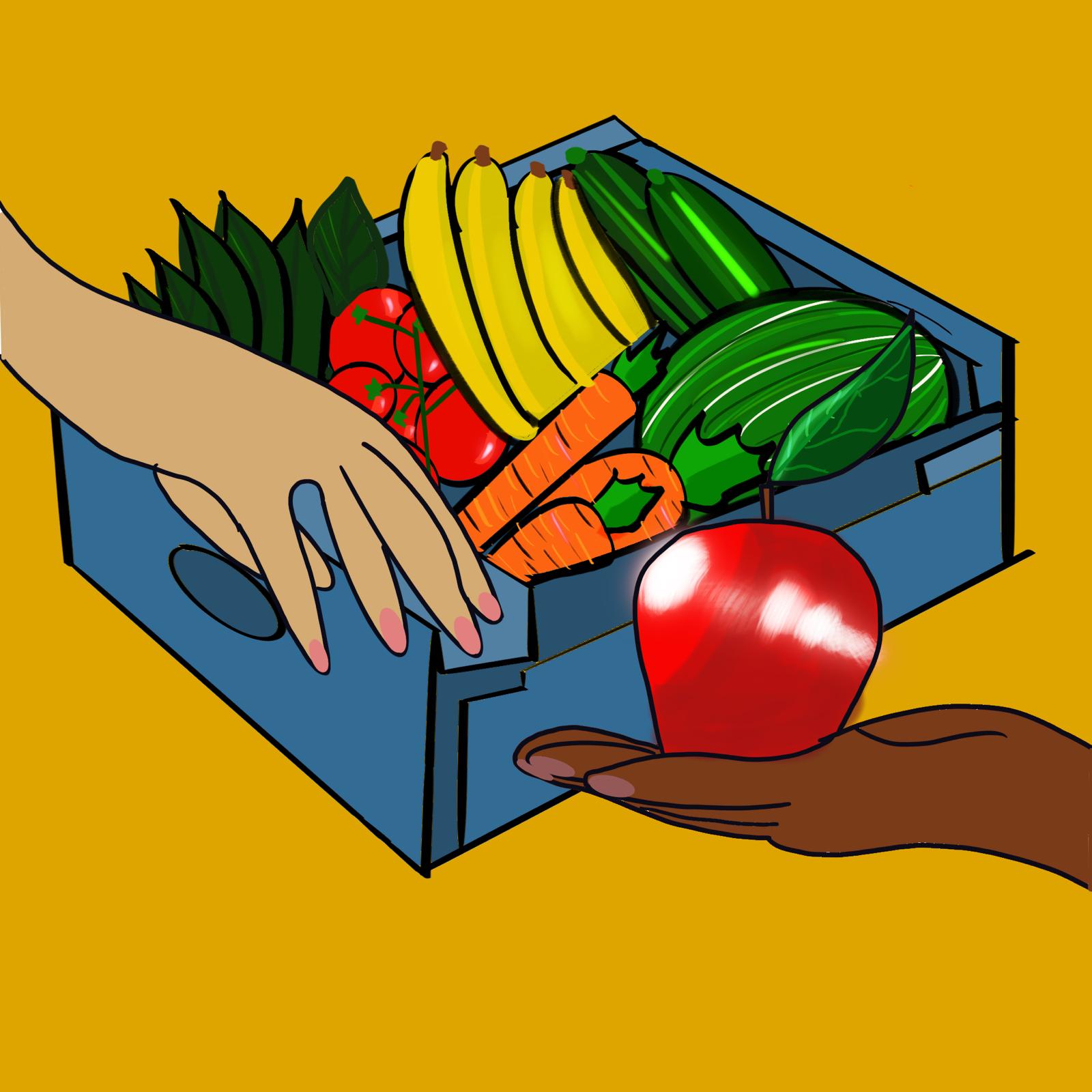When it comes to dieting, you may dread it because you think it involves omitting your favorite foods. The good news is a balanced diet can include many of your favorite foods. Here is a guide to fresh foods and balancing your diet without feeling guilty.
What Is a Balanced Diet?
A healthy and balanced diet includes foods from all food groups, such as:
- Fruits and vegetables.
- Starchy foods.
- Dairy.
- Protein.
- Fat.
Fruits and Vegetables
Your diet should include a daily serving of fruits and vegetables. You need to consume at least five servings of fruits and vegetables. These foods are essential diet components because they provide your body with important minerals and vitamins. Fruits and vegetables help prevent disease, helps with digestion, and lowers cholesterol. The foods in the fruits and vegetables food group are low in fat and help with satiety, feeling full.
What Counts as One Portion of Vegetables and Fruits?
- Half an avocado or grapefruit
- One slice of a large fruit (pineapple, melon)
- Two plums (or similar sized fruit)
- A dessert bowl filled with salad
- One pear, apple, or banana
Keep in mind canned, dried, and frozen fruits and vegetables also count towards your daily serving for this food group.
Starchy Foods
Starchy foods include bread, potatoes, pasta, and rice. This food group should account for one-third of the food groups you eat. Starchy foods are an essential source of fiber and energy. These starchy foods also provide ample amounts of vitamins, calcium, and iron. Avoid adding extra fat sources to these foods by not using spreads, butter, jam, oil, or cheese.
A good diet technique to practice is to base most of your meals around high-starch foods. Consider starting your day with a whole grain breakfast cereal and having a sandwich made on whole grain bread for lunch. Your dinner can include rice or potatoes with your meal.
Protein
The protein food group contains many foods, including fresh seafood.
Pulses
Pulses include beans, lentils, and peas. These foods are naturally low in fat and a good source of vitamins, minerals, and fiber. Pulses are great additions to soups, sauces, and casseroles because they provide additional flavor and texture to your meals. Other sources of vegetable protein include Quorn, tofu, mycoprotein and bean curd.
Fish
Fish is an excellent source of vitamins, minerals, and proteins. You should try consuming at least two portions of fish weekly. One portion of fish should be oil rich, and the other portion should be tinned, frozen or fresh fish. Oil-rich fish includes mackerel and salmon that contain Omega-3 fatty acids. These fatty acids promote heart health and are a great source of vitamins A and D.
You also have the option of white fish and shellfish. Skate, haddock, hake, plaice, cod, and coley are white fish that are low in fat and contain different vitamins and minerals. These fish are healthy meat alternatives. When you’re buying fish tinned in brine or smoked fish, check the high salt content label.
Marlin, shark, and swordfish are other protein options. You should not consume more than one portion of this type of fish per week because it contains mercury, a toxin that can cause liver and kidney damage, among other adverse health effects. You can prepare fish by baking, steaming, grilling, and frying it, but fried fish is the option that contains more fat.
Eggs
Eggs are a part of a balanced diet because they are a great source of vitamins, protein, and minerals. Although there are no limitations on the number of eggs you can consume, avoid adding unhealthy fats, such as oil and butter. Eggs are the healthiest when they are boiled, scrambled or poached. If you prefer frying your eggs, use vegetable, olive or rapeseed oil.
Meat
Meat is an excellent source of B12, a vitamin that is solely found in food from animals. Meats are also a good source of vitamins, proteins and minerals. You have the option of red or processed meats. Red meat includes venison, beef, pork and lamb. Processed meats include salami, sausages, burgers, ham, bacon, and other cured meats. Consuming an excessive amount of red or processed meats increases your risk of developing bowel cancer.
You should limit your meat consumption, red or processed, to 70 grams per day (about two slices of roast meat or equal to two sausages). Consuming ample amounts of meat that is high in saturated fats increases your risk of developing heart disease, having a stroke, and increases your blood cholesterol levels.
Fat
The fat food group includes oils and spreads. Many fats in diets are essential, such as those found in olive oil, vegetable oil, and rapeseed oil. These oils contain unsaturated fats, which help reduce your risk of developing heart disease and lower cholesterol.
Some foods contain unhealthy fats, such as cakes, full-sugar soft drinks, biscuits and snacks, such as chips and snack cakes.
Hydration
Hydrating yourself with water is excellent for your overall health and well-being. Drinking water flushes toxins from your system and improves every aspect of your body’s functions.
When you’re dieting, consider each of the five food groups to ensure you’re maintaining a healthy, balanced diet. Following the food pyramid will help you understand your food needs, and you will not feel guilty about many of the foods you consume daily.






